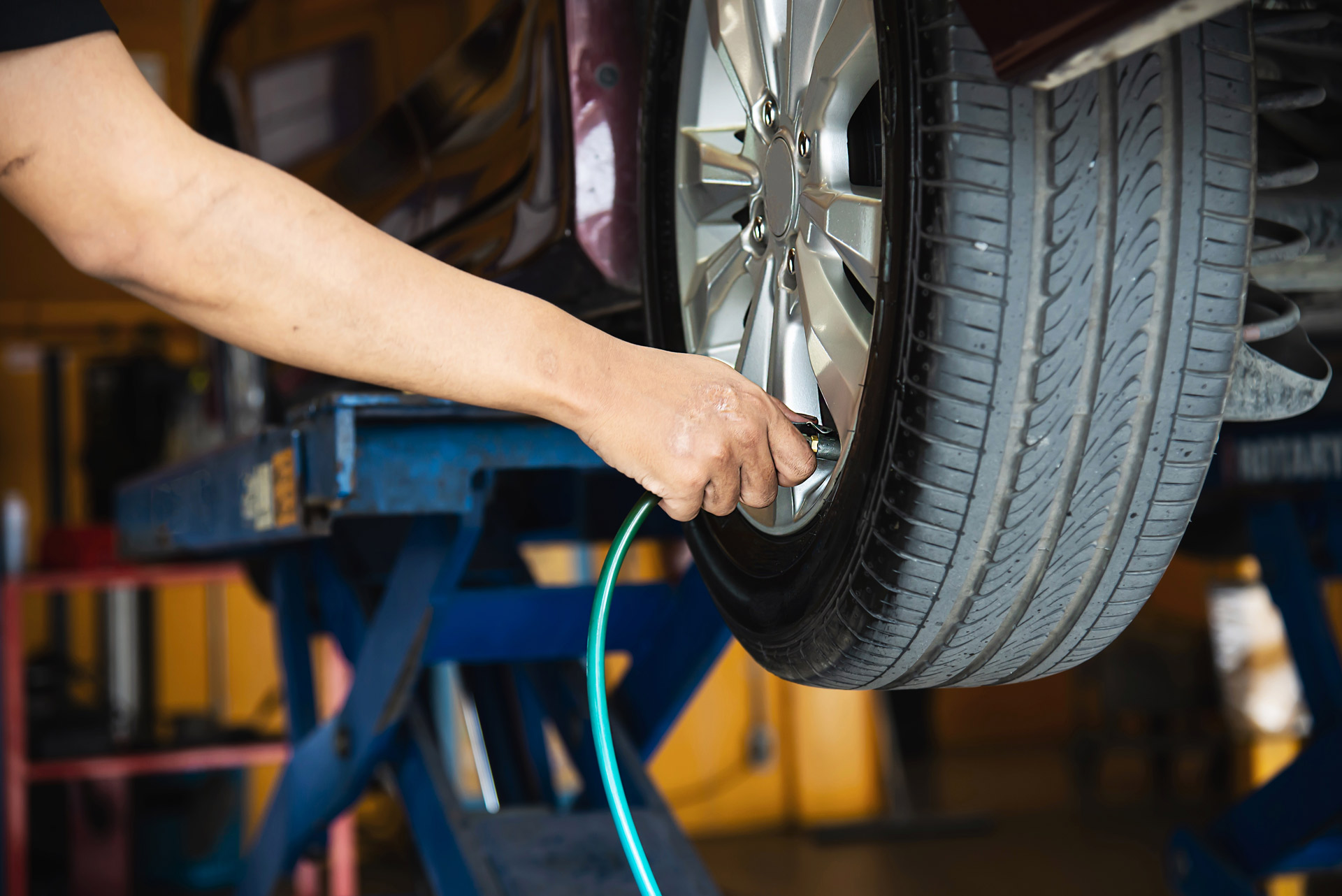

Most automotive batteries last three to five years, but a parasitic draw can shorten their average lifespan and potentially leave you stranded. Yet, tracking down the draw to its source can feel like a never-ending game of hide-and-seek. Although diagnosing a parasitic draw can be a frustrating process, the ramifications of not resolving the matter—coming out to a dead battery—can be even more of a hassle.
The guide below explores several common causes of parasitic battery drain and their corresponding catalysts. The following discussions of each battery-draining source incorporate actionable solutions auto repair professionals can implement to resolve parasitic battery drain successfully. Integrating Identifix’s diagnostic tools can also help technicians quickly pinpoint electrical issues by accessing over 3 million multi-sourced wiring diagrams available in full color.
Under normal operating conditions, the minimal drain on your car’s battery should be no more than 0.05 milliamps, with a few exceptions. Parasitic battery drain typically ranges from 50 milliamps to 100 milliamps or more. Any component drawing more than 1 amp can significantly drain your battery in a few days or less.
1. Faulty Electrical Components
Your vehicle’s electrical system—powered by a 12-volt battery—directs power to numerous components. Manufacturer specifications map out these connections based on what gets power and under what conditions. Electrical components that fall outside these intended parameters can draw just enough power from the battery to kill it over time.
Although the term “electrical components” sounds a bit generic, it’s meant to encompass a wide range of vehicle parts that require power to perform some function. For example, the clock in your vehicle draws constant power because it must keep time, but the radio only draws power when the key is turned to the accessory position, or the engine is running. If the radio suddenly draws power all the time—due to a malfunctioning circuit or a frayed wire—the load exceeds the battery’s capabilities and begins to discharge it.
Diagnosing a faulty electrical connection can feel like tracking down the one light that’s not on in a hotel full of lit rooms. The offending component could be a defective solenoid, module, or even a simple circuit. In the end, it may take old-fashioned trial and error to resolve this issue.
2. Interior Lights Left On
Most modern vehicles have automatic headlights that turn off after you lock the doors, but not as many makes and models have interior lights that react the same way. Among the causes of parasitic draws on our list, a dome or map light left on is probably one of the easiest to repair. However, a light left on inside your car is also one of the simplest potential battery-killing components to overlook as you walk away from your vehicle.
That said, some cars have glove boxes or vanities equipped with lights that can malfunction and stay on when they’re not supposed to. Since you can’t necessarily see this light—unless it’s dark outside and the light shines through—figuring out the culprit of a dead battery can prove challenging. If you think a vanity or glove box light is killing your battery, disable it and test if it resolves your battery-draining problem.
3. Faulty Relays
A faulty relay typically gets stuck in the “on” position or fails to turn off entirely once the vehicle goes into sleep mode. Although this component shouldn’t draw any power under normal operating conditions when the car is parked, the fault allows it to continue to draw power. Over time, that draw can be too great a load on the battery.
The majority of your vehicle’s relays are grouped under the hood. Consult your owner’s manual to determine what function each relay performs. Test each relay to ensure it’s functioning properly and replace any that isn’t.
4. Aftermarket Accessories
If installed improperly, an upgraded alarm system, fog lights, or stereo can drain your battery. These aftermarket accessories, like lighting upgrades or remote starters—require additional power that the battery cannot deliver. In many cases, you may need to install an extra power source to even out the burden or hire a professional to do the work properly.
5. ECU or Computer System Issues
The electronic control unit (ECU) represents the brain of your vehicle. This component draws battery power to control the vehicle’s electronic components and typically shuts down when you park your car for the night. However, ECUs can malfunction and fail to enter a low-power state when the vehicle is off.
ECUs typically fail because of a damaged internal component, such as a circuit, transistor, or diode. Programming errors and software glitches can also cause problems. Depending on your diagnosis, you can test failing components with a multimeter, repair or replace damaged wires, or replace the entire ECU.
6. Parasitic Draw from USB Devices
Smartphone chargers, air purifiers, GPS systems, and dashcams can draw additional power from the battery when plugged into a USB socket. The battery powers that outlet, similar to the cigarette lighter socket found in older cars. Unplugging these devices is a simple solution to this source of parasitic battery drain, but the USB port itself may need to be replaced if it continues to draw power without anything plugged into it.
7. Corroded or Dirty Connections
Corrosion can build up on a battery’s terminals over time, drawing a small current that can drain its energy. Corroded terminals can also reduce a battery’s efficiency, potentially shortening its lifespan. If your battery exhibits a pale blue or white chalky substance on the positive and negative terminals, disconnect it from your vehicle and scrub the posts with a paste of baking soda and water before rinsing away the debris and reconnecting the cables.
8. Damaged or Worn Wiring
The complex wiring harnesses in modern vehicles can wear out or become damaged over time, creating unintended short circuits that continuously draw power. These connections effectively waste your battery’s precious resources because the electricity continually routes to a dead end. Locating corroded, loose, exposed, or frayed wiring requires a thorough visual inspection.
Most wiring can be cleaned and repaired to prevent additional battery draw. Encasing repaired wires in looming can also help prevent future issues. In some cases, the damage may require full replacement, which can be complicated and expensive.
9. Faulty Door or Window Sensors
Many modern vehicles incorporate sensors that illuminate the interior lights when you open the car door. Power windows also have sensors to determine when they’re open and shut—and if anything hinders their ability to close. When these sensors malfunction, they can draw power from the battery for an extended period and sap its charge.
Typically, a faulty door switch can be diagnosed by observing a dome light that turns on automatically when the door is closed. Faulty door sensors can also trigger the dashboard light that shows which car door the system registers are open. Fixing a malfunctioning door or window switch requires cleaning the sensor, repairing damaged wires, or replacing the sensor entirely.
Shorten the distance between common car issues that cause a parasitic battery draw and the appropriate solution with superior diagnostics and repair tools from Identifix. Our full suite of auto repair software solutions incorporates over 3 million confirmed fixes and full-color, interactive wiring diagrams. Contact us today to discover how you can simplify auto repairs with Identifix.
Did you like this article? Find more great content at identifx.com/blogs and solera.com/blog.

Identifix is the leading provider of automotive repair shop solutions and sevices designed to improve shop profitability and repair outcomes.
"*" indicates required fields